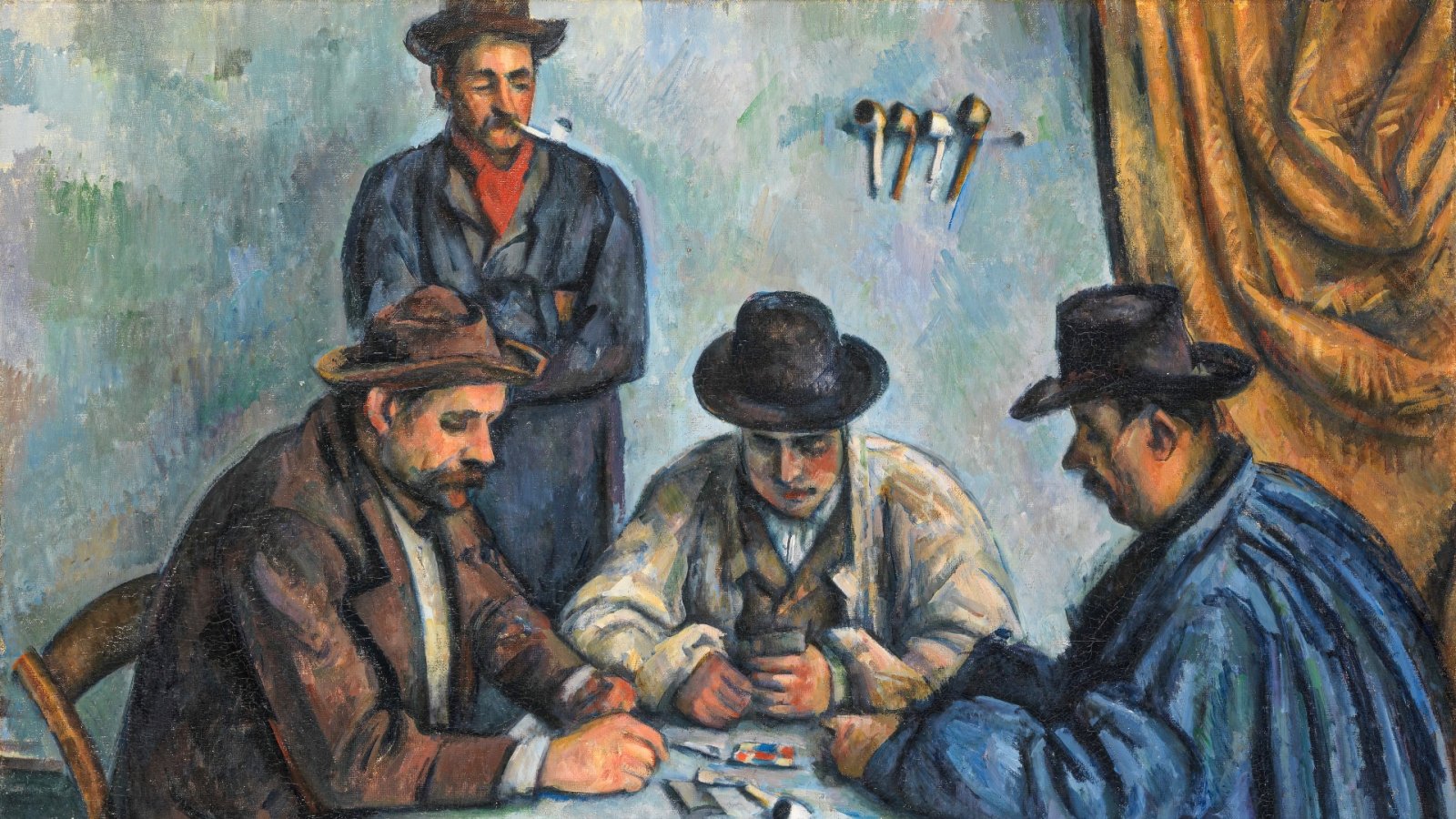Surrealism stands as one of the most influential movements in the history of art, forever altering our way of thinking and perceiving. During its time, it achieved remarkable public recognition and its impact on artists reverberates even today.
This year, we celebrate the centennial of Surrealism's birth, commemorating the publication of the Surrealist Manifesto in October 1924. In fact, there were multiple manifestos that competed for the title, appearing within weeks of each other. The second, more famous treatise, was written by André Breton, a French poet and critic whose tireless self-promotion and leadership made him the de facto figurehead and ideological enforcer of Surrealism.
Interestingly, neither Goll nor Breton explicitly discussed art in their respective statements, and neither can be credited with the actual coinage of the term "Surrealism." That honor belongs to Guillaume Apollinaire (1880-1918), a poet and prominent advocate of the Parisian avant-garde. In a letter to the Belgian critic Paul Dermée in 1917, Apollinaire used the term to describe the experimental ballet "Parade".
Surrealism has had a profound influence on numerous art movements throughout the past century. Its revolutionary ideas and techniques have inspired and shaped the development of various artistic expressions. One significant movement directly influenced by Surrealism is Abstract Expressionism, which emerged in the United States in the mid-20th century.
Pop Art, which emerged in the 1950s and reached its peak in the 1960s, also drew inspiration from Surrealism. The influence of Surrealism can also be seen in the development of Conceptual Art. Artists such as Marcel Duchamp and Joseph Beuys, known for their conceptual approach to art-making, embraced Surrealism's rejection of traditional artistic conventions and its emphasis on ideas and intellectual engagement.
Additionally, the influence of Surrealism extended to other forms of artistic expression, such as literature, film, and fashion. Surrealist ideas and aesthetics permeated the works of authors like Jorge Luis Borges and Gabriel García Márquez, while filmmakers like Luis Buñuel and David Lynch adopted surrealistic elements in their storytelling techniques. Overall, Surrealism's legacy can be observed in the diverse range of art movements and creative disciplines it has influenced. Its exploration of the subconscious, dreams, and the irrational continues to inspire artists to push boundaries, challenge conventions, and delve into the depths of the human imagination.
Stylistically, Surrealism encompassed a wide spectrum, ranging from the quasi-abstraction seen in the works of Miró to Magritte's deadpan realism. Originally centered in Paris, it expanded its influence globally, extending to the Americas and Asia. Emerging as a reaction to the devastation of World War I, the movement challenged rationalism and societal norms, disrupting established artistic principles and subverting conventional ideas about sexuality with a sometimes misogynistic flair. Nevertheless, Surrealism attracted a noteworthy group of female artists, including Meret Oppenheim, Dorothea Tanning, Claude Cahun, and Leonora Carrington.
The Surrealists delighted in embracing a sense of discontinuity, epitomized by a line from the 1868 novel Les Chants de Maldoror, which described a "chance juxtaposition of a sewing machine and an umbrella on a dissecting table." This notion became the guiding principle of Surrealism, exemplified by the collaborative artistic technique known as the "cadavre exquis" (exquisite corpse). Resembling a game of telephone but played with drawings, the cadavre exquis involved passing a piece of paper among a group of artists. Each artist would contribute to a figure, folding the paper to conceal their contribution. Others would then continue in the same manner, resulting in a final image that was intentionally disjointed when unveiled.
Surrealism owed a great debt to the influential ideas of Sigmund Freud. The belief that the human mind could be unraveled and explored through psychoanalytical methods, including the interpretation of dreams, had a profound impact on André Breton. Prior to his career as a writer, Breton had pursued medical studies and developed a fascination with mental illness. His experiences serving in the French army's medical corps during World War I further shaped his perspective. While stationed at a ward in Nantes, where soldiers were treated for shell shock (now known as PTSD), Breton had the opportunity to apply Freud's theories in caring for patients. This firsthand exposure to the effects of war trauma and his understanding of Freud's work influenced Breton's later embrace of Surrealism. The connections between the unconscious mind, dreams, and the exploration of psychological depths became central to Surrealism as a movement.






